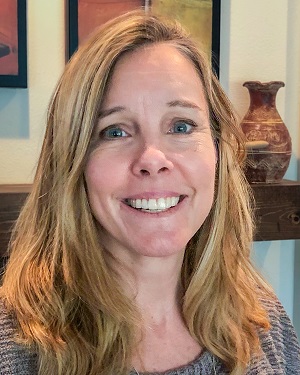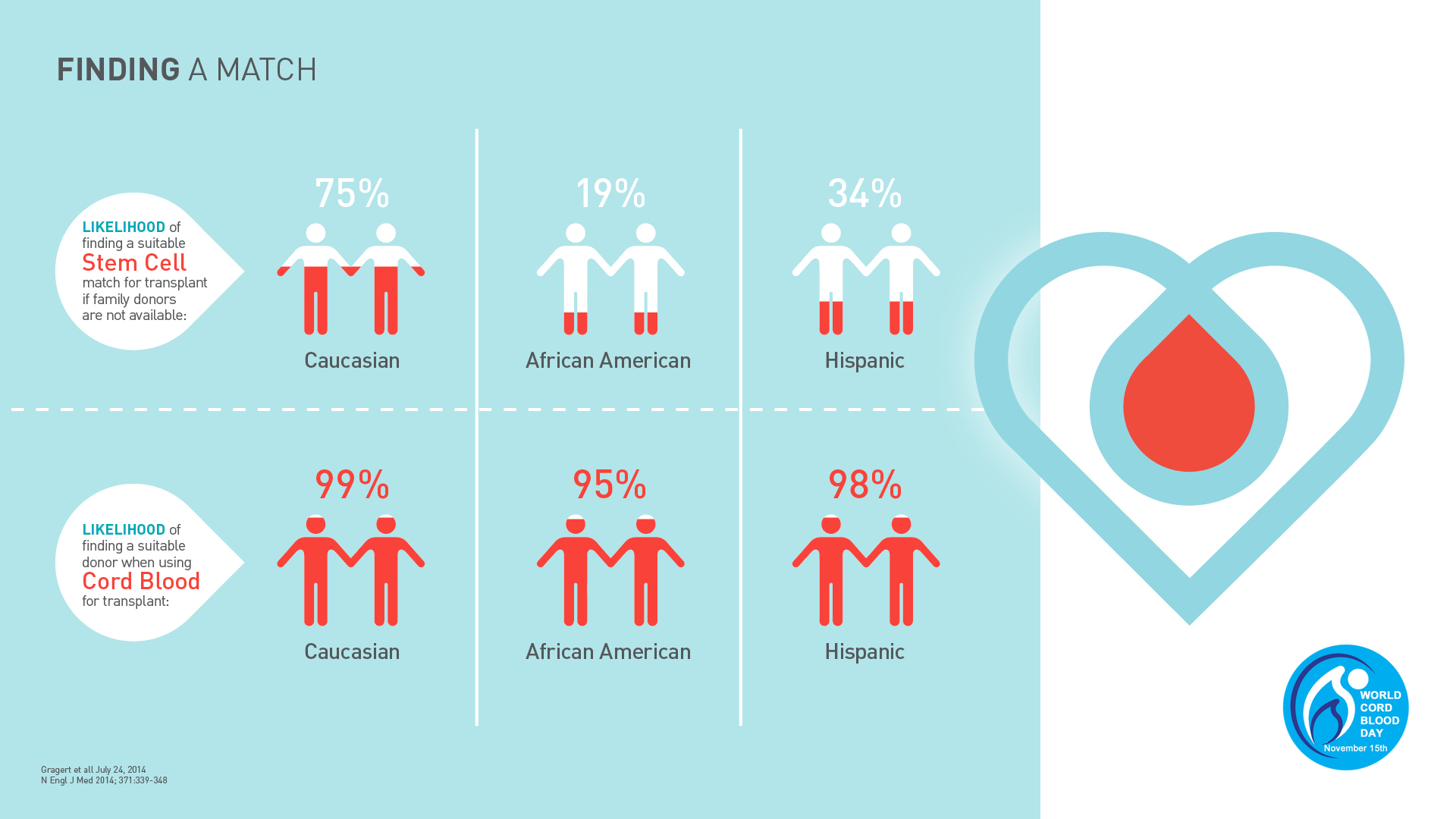Join us in celebrating World Cord Blood Day on November 15th. Bloodworks partners with local hospital birth centers and families in our community to collect and store donated umbilical cord blood to be used for future patients in need. We’re thrilled to share this story from Labor & Delivery (L&D) nurse Tiffany Olsen.

I’ll never forget that call – the year was 1999, I was in nursing school at the time, and my best friend’s brother Eric had been diagnosed with leukemia.
Part of Eric’s treatment involved a stem-cell transplant. A primary source for these cells is bone marrow, so the family’s next step was to see if any members were a cell-type match for Eric. The results were in: my friend Alexa was the only match in the family. I volunteered to help, taking care of Alexa’s daughter while she went through the process of donating her bone marrow.
Preparing for the bone marrow collection took an enormous toll on Alexa, financially due to time off from work as well as physically, and the whole process took about 3 weeks. I could see what the process was putting her through … this was a BIG ask. And she was my hero.
Finally, the big day came, and Eric received the transplant of her bone marrow. We thought we were finally over the finish line! Unfortunately, his body developed graft vs host disease, where Alexa’s bone marrow cells saw his cells as foreign and started attacking them. The treatment was unsuccessful, and seriously harmed Eric in the process. It was a devastating blow.
The oncologist had one more suggestion, which he implied was a bit of a “Hail Mary.”
He told us about a treatment gaining traction in Europe: a stem cell transplant using cord blood. Eric decided to take the plunge and started looking for a match.
Eventually two previously donated cord blood units from Italy matched! The frozen cells were flown to the University of Washington. Eric was one of the first recipients of a donated cord blood stem cell transplant here in the Seattle area. Today Eric is alive and well because somebody chose to donate their baby’s cord blood.
After 20 years as an L&D nurse, Eric’s story is closer to me than ever before. I had no idea at the time that someday I would find myself working for the Cord Blood Donation Program at Bloodworks Northwest.

While working in this position, I have learned so many benefits of using cord blood. Using stem cells from cord blood for transplant has a much lower chance of the patient developing graft vs host disease compared to bone marrow! This is a complication that threatens so many transplant patient’s lives.
Another benefit is that cord blood can be stored and shipped anywhere in the world within just a day. During the Covid-19 pandemic this advantage became even more important. Stem-cell collections from adults require many touch points, including health exams, travel, and the collection itself, whether from bone marrow or the donor’s own blood stem cells (called peripheral blood stem cell, or PBSC, donation).
I also learned that cord blood stem cells do not have to be a perfect match for the body to accept them and that a less than perfect match can still result in engraftment. For diverse patients, who struggle to find a perfect match on the adult donor registry, a cord blood donation may be their only hope in finding a cell-type match.

I am grateful that Eric was cured and that I witnessed the power of cord blood. It planted a seed that has fueled my passion to teach others about Cord Blood Donation.
Donating umbilical cord blood is indeed a simple, safe way to make the birth of your child into someone else’s second chance.


Tell Us What You Think!